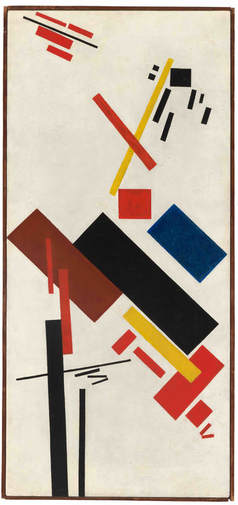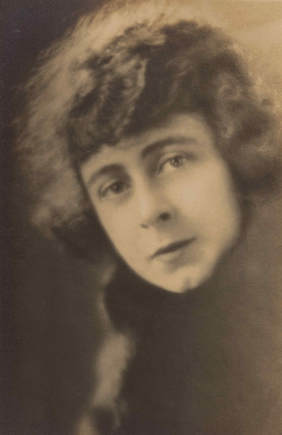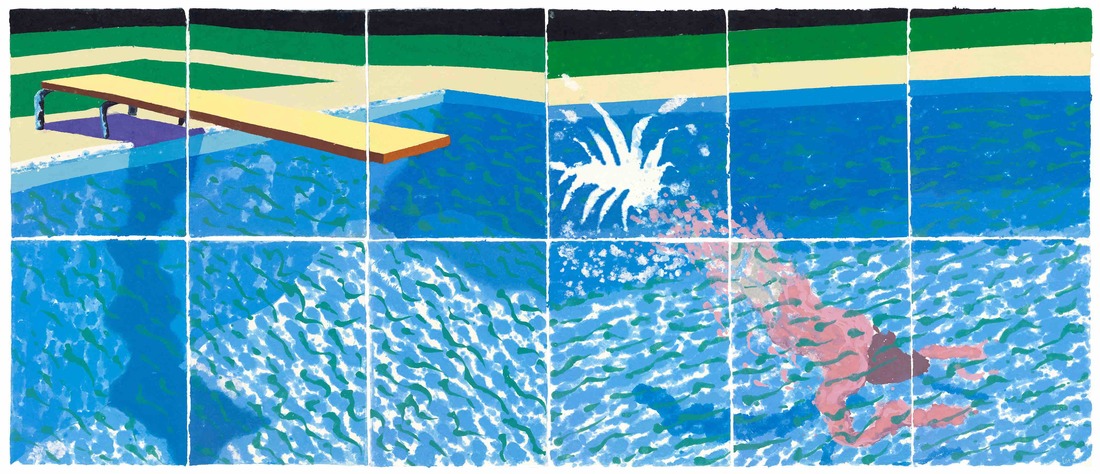The Canberra Art Scene – national or provincial? I don’t remember my first trip to Canberra, as it almost never happened. I just got my licence and drove from Melbourne to Canberra. My companion was an American, who with a Yankee drawl conveyed her first impression of Canberra as: “half the size of the New York State cemetery and twice as dead”. We picked up some fuel and kept on driving to Sydney. By 1977 I had settled in Canberra and commenced teaching at the ANU, where I established the art history discipline, and started writing as the senior art critic for The Canberra Times. If in 1977 there were relatively few art spaces in Canberra: the Arts Council, the National Library, the Australian War Memorial plus a few itinerant organisations of artists, today all of the national heritage art collecting and displaying institutions are up and running. These include the National Gallery of Australia, National Museum of Australia, National Portrait Gallery, National Film and Sound Archive, National Archives, Canberra Museum and Gallery, Craft ACT, Megalo Print Studio and Gallery, PhotoAccess, Canberra Glassworks, professional art galleries at the ANU and various publicly funded art spaces, both artist-run spaces, such as ANCA, M-16 and Canberra Contemporary Art Space, as well as municipal galleries in various Canberra regions, including Belconnen and Tuggeranong. There are more publicly funded art spaces in the ACT, whose population is a tad over 400,000, than in any other city in Australia. If in the 1980s I could have named ten thriving professional commercial art galleries in Canberra, today I can think of only two. Commercial art galleries, in general, may be a threatened species in Australia; in Canberra they are almost extinct. In Canberra, a living artist is better off and, better provided for in the gallery system, if she is making museum/biennale-style art, rather than making art that people would buy to live with in their homes or offices. Although the National Gallery of Victoria, without question, is Australia’s premier ‘old masters’ collection across the board, the Canberra galleries and museums contain virtually all of the nation’s major heritage collections. This includes most of Australian art – contemporary, 20th century, colonial and Indigenous – across most mediums – painting, sculpture, printmaking, works on paper, photography, film and the applied arts. The depth of holdings in modern and contemporary international printmaking is breathtaking as well as internationally significant collections of modern international art, for example, the National Gallery’s stunning collection of modern American painting, Russian avant-garde art and South-East Asian textiles. I have two general criticisms of the Canberra art gallery system. The first is the lack of a truly national perspective – most of our national institutions are part of the one national collection, regardless of whether a particular collection is housed at the National Gallery, the National Library or the National Museum. Of course, institutions borrow individual pieces for each other’s exhibitions, but there seems to be a lack of a holistic approach. For example, a single unified database or unified exhibiting policies. In 2016, the National Portrait Gallery combined with the National Film and Sound Archive to stage their Starstruck exhibition dealing with different types of images of Australian actors from over the past century. Such collaborative exhibitions between Canberra institutions are comparatively rare – but this should not be the case. Why not have a major exhibition dealing with contemporary Australian art practice across half-a-dozen Canberra museums and galleries? Or one dealing with Indigenous and First Peoples’ culture? Or a series of exhibitions exploring Australian photography spread across the National Gallery, the National Library, the Australian War Memorial, the National Archives and several other institutions? These, and many other such exhibitions, could only take place in Canberra and they would make for historically significant and exceptionally popular shows.  David Hockney, Caribbean tea time, 1987, from the 'Moving focus' series 1984-87, colour lithograph, screenprint, collage of Rives BFK surface-pigmented paper, stencil on eight sheets of TGl handmade paper, in a four-panel folding lacquered wood screen, hand-painted (verso), with four screenprinted plastic panels (recto), National Gallery of Australia, Canberra, Purchased with the assistance of the Orde Poynton Fund 2002 © David Hockney My second criticism, or perhaps call it an observation, is that museums and galleries devote huge resources to staging and promoting ‘blockbuster’ exhibitions, while art in their own holdings is less frequently shown and usually poorly promoted. I remember many years ago when the National Gallery exhibited its Vollard suite, Picasso’s greatest work in etching, and the show passed with little fanfare. Edmund Capon saw the opportunity, borrowed the Vollard suite for the Art Gallery of New South Wales, where he was the director, and made it into a great moneymaking blockbuster exhibition. As I write, the National Gallery is staging its Hyper Real blockbuster exhibition, with some highlights plus plenty of sensationalist dross, but in the galleries upstairs are the far more significant, non-blockbuster exhibitions: Russian avant-garde art, David Hockney: Prints, Namatjira: Painting country and Arthur Streeton: The Art of War. There are questions concerning marketing, the tourist dollar and novelty exhibitions, but perhaps core business of national cultural institutions should be exhibiting in a scholarly manner major strengths from the collection complemented with strategic loans. For this to happen, our national heritage institutions need to be funded appropriately, instead of the ill-considered so-called efficiency dividends cuts, which have crippled most of the national cultural institutions. The art landscape in Canberra is changing with the directors of both the National Gallery and the National Portrait Gallery leaving their posts and with other changes foreshadowed, but as yet unannounced. The Canberra art scene has phenomenal potential that is yet to be fully realised. When it is, Canberra will not only be the political capital of Australia, but also the nation’s art capital.
0 Comments
|
GRISHIN'S ART BLOG
Sasha Grishin AM, FAHA is the author of more than 25 books on art, including Australian Art: A History, and has served as the art critic for The Canberra Times for forty years. He is an Emeritus Professor at the Australian National University, Canberra; Guest Curator at the National Gallery of Victoria, Melbourne; and Honorary Principal Fellow, Faculty of Arts, at the University of Melbourne. Archives
June 2024
Categories
Keep up-to-date with Sasha Grishin's blog with the RSS feed.
RSS offers ease of access and ensures your privacy, as you do not need to subscribe with an email address. Click here to download a free feed reader |






 RSS Feed
RSS Feed